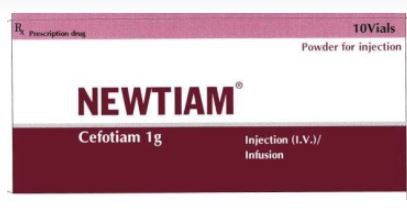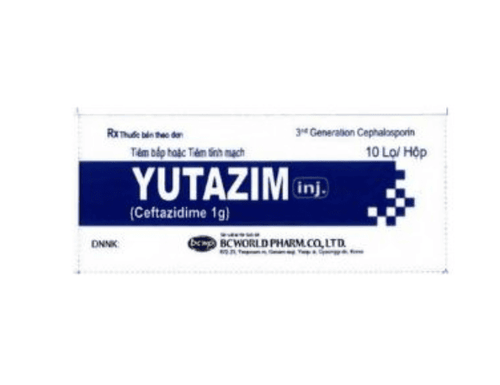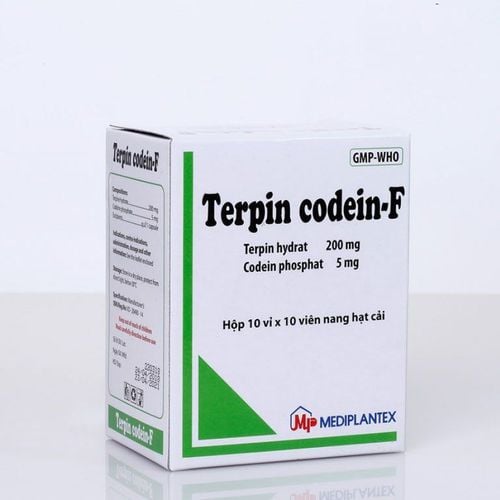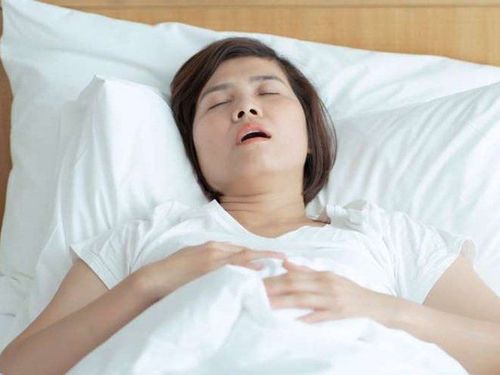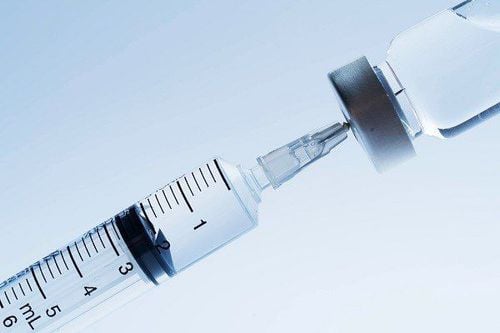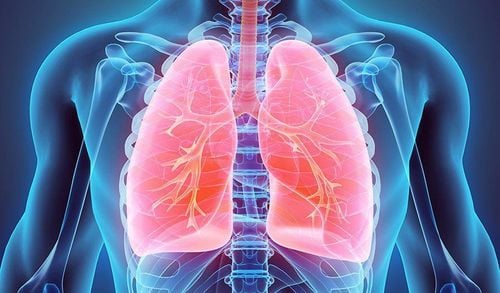This is an automatically translated article.
The article was consulted with Specialist Doctor of Pediatrics - Neonatology - Department of Pediatrics - Neonatology - Vinmec Hai Phong International General Hospital.
A pleural infection in a child is a condition in which pus accumulates in the cavity of the pleura. Pleural infections in children are mainly caused by bacteria. It is necessary to treat pleural infections in children early to avoid dangerous complications.
1. What is pleural infection in children?
Pleural infection in children is a condition in which pus accumulates inside the pleural space and causes an infection. There are many causes for this condition such as pneumonia, pleurisy, trauma to the chest or previous thoracic surgery, in which the common causative agent is bacteria or bacteria. caused by cocci. Children with pleural infections need to be detected and treated early so that the disease does not cause dangerous complications.

2. Symptoms of pleural infection in children
Pleural infection in children causes clinical symptoms such as:
Persistent fever Chest pain Shortness of breath Loss of appetite Fatigue Signs of shock (possible)
3. Diagnosis of pleural infection in children
To diagnose a pleural infection in a child, the doctor will first rely on the medical history and clinical symptoms. Then, the doctor will use the following techniques to diagnose the disease:
Blood tests: If the child shows signs of malnutrition (due to anorexia), conduct blood tests to analyze the total blood cells. , blood albumin levels, CRP. X-ray: X-ray images will show signs of infection due to purulent pleural effusion.
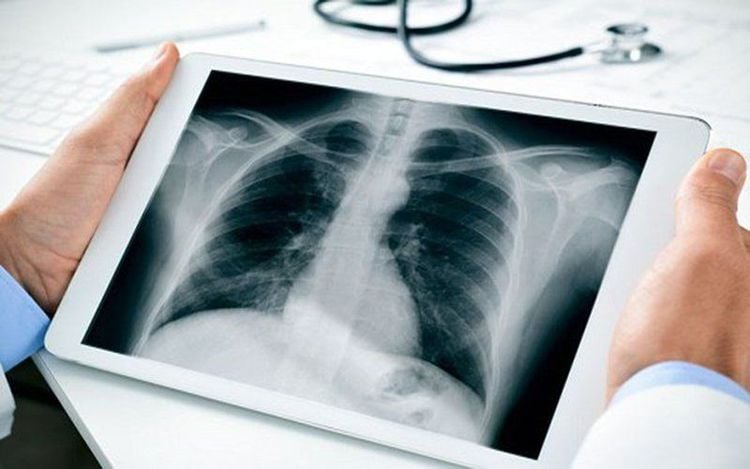
Ultrasound: Ultrasonography also shows pleural infection in the child due to accumulation of pus in the pleural space. Culture: Biochemistry of pleural fluid allows identification of pathogenic bacteria. Computed tomography: Indicated in cases where the child needs to be treated by surgery, after failing to respond to medical treatment in 48 - 72 hours; children with suspected pleural thickening or associated lung parenchymal diseases. The diagnosis of pleural infection in a child needs to be differentiated from tuberculous pleural effusion and chylous pleural effusion.
4. Treatment of pleural infections in children
Treatment of pleural infection in children includes:
Symptomatic treatment and circulatory and respiratory support: Use antipyretic drugs when the child has a high fever, oxygen therapy when the child shows respiratory distress, treatment septic shock when the child shows signs of shock, ensuring nutrition for the child during treatment. Use of antibiotics after pleural puncture: After pleural puncture and fresh bronchoscopy results are available, the child is prescribed the first dose of antibiotics. Then, depending on the ability to respond to antibiotics, the child will be prescribed the next dose.
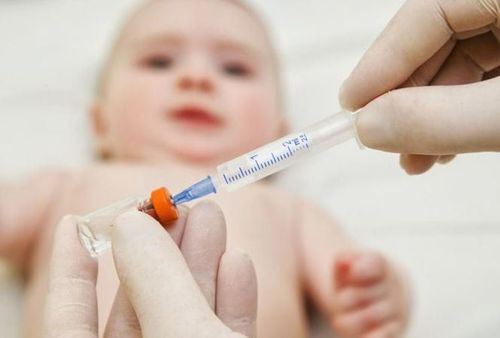
Surgical intervention to drain pus: This intervention is indicated for pleural infections in children with thick, cloudy yellow purulent fluid and children who have not responded to previous aspiration therapy in 48-72 hour. Drainage of pus should be done early when the child no longer has fever, can breathe normally, is active, eats and sleeps well, and there is no fluid in the pleural space. In case of unresponsiveness to antibiotics and drainage (treatment duration greater than 7 days) or suspicion of septalization on X-ray or ultrasound images, open surgical or endoscopic surgical intervention is required. soi. Physiotherapy treatment: Children receive long-term physical therapy for at least 3 months so that pus can be drained out easily, and at the same time, prevent pleural infections in children that cause complications of pleural thickening. Follow-up and re-examination every 2 weeks for a period of 2 months if the child is treated with drainage for at least 3 weeks and has good progress. Relatives and caregivers are guided to monitor, practice physical therapy and ensure nutrition at home for children. Pleural infection in children is a disease that needs to be detected and treated early so as not to cause dangerous complications and limit recurrence.
Vinmec International General Hospital is the address for examination, prevention and treatment of many respiratory diseases, including lung diseases in both children and adults. With a team of qualified and qualified medical doctors and a system of modern equipment, perfect medical services will provide examination and treatment procedures and minimize complications caused by lung diseases.
Please dial HOTLINE for more information or register for an appointment HERE. Download MyVinmec app to make appointments faster and to manage your bookings easily.




